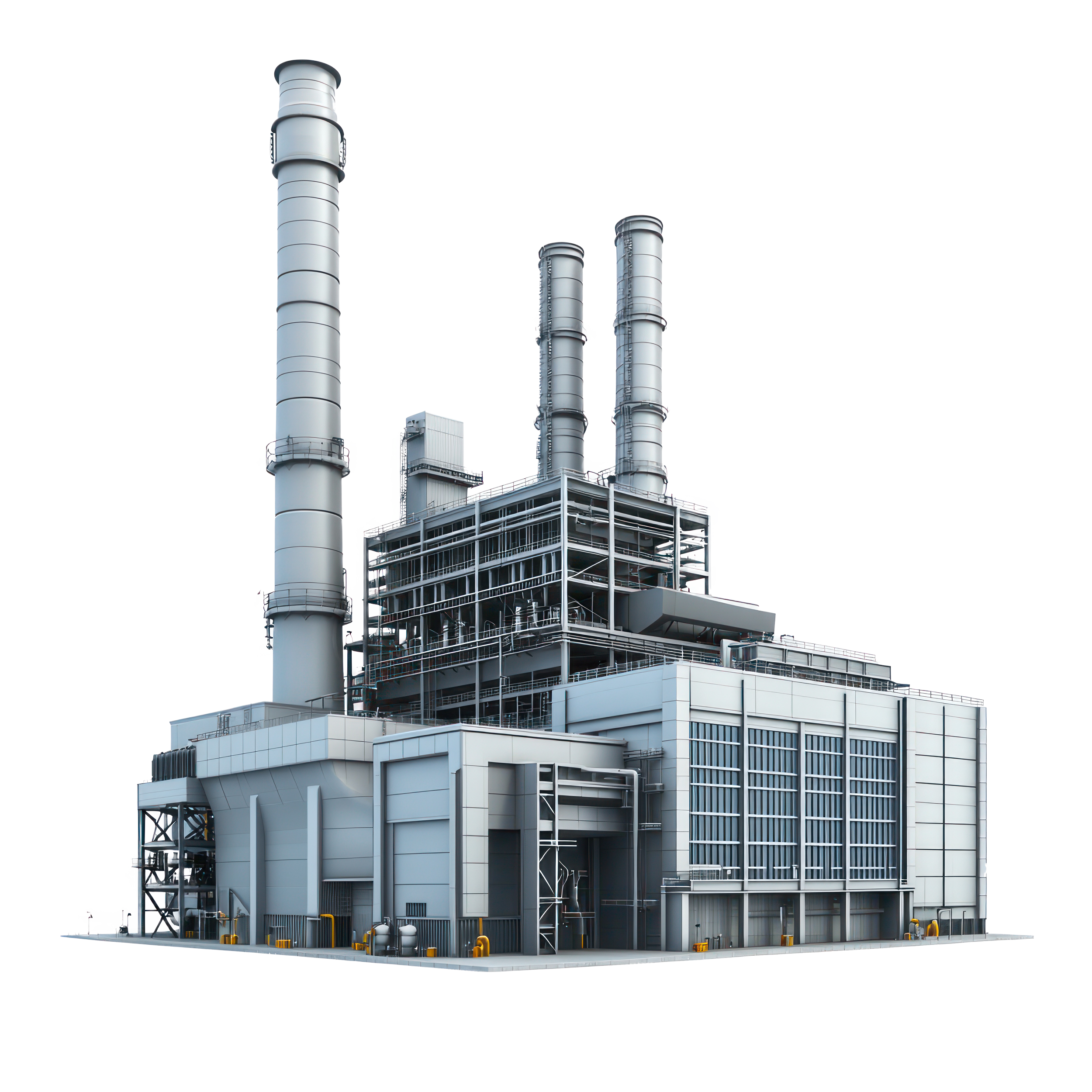Power Plants
Large Power Plants are defined in 18 AAC 50.400(i)(5) as a Title V source or one that operates under Alaska’s general permits for diesel engines that are used to generate electricity and contains a combustion turbine electric generator or natural gas-fired steam plant; or that has a potential to emit a total greater than or equal to 500 tons per year of regulated air pollutants in aggregate, and that contains emissions units used to provide power to a mine or military base.
Small Power plants are defined in 18 AAC 50.400(i)(10) as a Title V source that does not meet the definition of a large power plant. the purpose of a small power plant is to generate electricity and contains one or more diesel-fired internal combustion engines to generate power, used for seafood processing. They must have a potential to emit a total less than 500 tons per year of regulated air pollutants in the aggregate, and that contains emissions units used to provide power to a mine or military base.
40 C.F.R. 60
Permittees must comply with applicable New Source Performance Standard (NSPS) provisions. NSPS requirements are included in the applicable requirement definition under 40 CFR 71.2, which has been adopted by the Department under 18 AAC 50.040(j)(1).
Typically Large Power Plants are subject to NSPS Subparts: A, GG, IIII, and KKKK for Reciprocating Internal Combustion Engines (RICE) and Combustion Turbines.
40 C.F.R. 63
The Alaska Department of Environmental Conservation (ADEC) has incorporated by reference the National Emission Standards for Hazardous Air Pollutants (NESHAP) requirements for specific industrial activities, as listed in 18 AAC 50.040(c). NESHAP Subpart ZZZZ applies to owners and operators of any existing, new, or reconstructed stationary RICE located at major and area sources of Hazardous Air Pollution (HAP) emissions.
40 C.F.R. 64
Compliance Assurance Monitoring (CAM) provisions are required under 40 C.F.R. Part 64. These provisions apply to emission units that employ the use of an add-on control device to meet an emission limit or standard and have pre-control emissions greater than 100 TPY for the pollutant for which the control device is operated. CAM provisions can apply to large and small power plant emissions units due to the operation of a control devices such as Selective Catalytic Reduction (NOx controls).
Title I Permit
Requirements
Permittees are required to comply with all stationary source-specific requirements that were carried forward from previous SIP-approved Permits to Operate issued on or before January 17, 1997 and operating permits issued between January 18, 1997 and September 30, 2004, and with all stationary source-specific requirements in EPA Prevention of Significant Deterioration (PSD) permits, State Implementation Program (SIP)-approved construction permits, SIP-approved minor permits, and owner requested limits established under 18 AAC 50.225.
These requirements include Best Available Control Technology (BACT) limits, limits to ensure compliance with the attainment or maintenance of ambient air quality standards or maximum allowable ambient concentrations, and owner requested limits.

